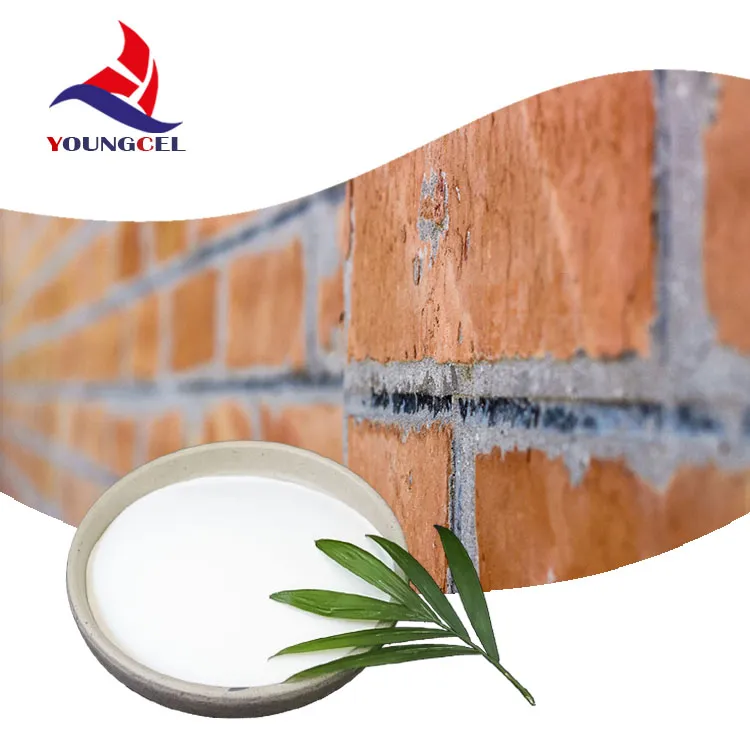RDP for Ceramic Tile Adhesive A Comprehensive Guide
RDP (Redispersible Polymer Powder) is a key component in ceramic tile adhesive formulations, playing a crucial role in enhancing the performance of the adhesive. In this article, we will explore the importance of RDP in ceramic tile adhesive applications and provide a comprehensive guide on how to effectively use RDP in your formulations.
What is RDP?
RDP is a white free-flowing powder that consists of a high molecular weight polymer that has been dispersed in water and then dried. It is commonly used in construction applications to improve the adhesion strength, flexibility, and workability of various building materials, including ceramic tile adhesives.
The Role of RDP in Ceramic Tile Adhesive
RDP plays several key roles in ceramic tile adhesive formulations, including
1. Improving Adhesion Strength RDP enhances the bond strength between the ceramic tile and the substrate, ensuring a long-lasting and durable installation.
2. Enhancing Flexibility RDP increases the flexibility of the adhesive, allowing it to accommodate the movement and expansion of the substrate without cracking or delaminating.
rdp for ceramic tile adhesive

How to Use RDP in Ceramic Tile Adhesive Formulations
When formulating ceramic tile adhesives with RDP, it is important to follow these guidelines to ensure optimal performance
1. Dosage The recommended dosage of RDP in ceramic tile adhesive formulations typically ranges from 0.5% to 5% by weight of the total dry mix. It is important to carefully measure and add the appropriate amount of RDP to achieve the desired properties.
2. Mixing RDP should be added to the dry mix of cement, sand, and other additives before adding water. It is important to mix the adhesive thoroughly to ensure that the RDP is evenly dispersed throughout the mixture.
3. Curing After applying the adhesive and placing the ceramic tiles, it is important to allow sufficient time for the adhesive to cure and the RDP to fully hydrate. This will ensure optimal bond strength and performance.
4. Storage RDP should be stored in a cool, dry place away from direct sunlight and moisture to prevent clumping and degradation. It is important to use RDP within its shelf life to ensure optimal performance.
In conclusion, RDP plays a critical role in enhancing the performance of ceramic tile adhesives by improving adhesion strength, flexibility, and workability. By following the guidelines outlined in this article, you can effectively use RDP in your ceramic tile adhesive formulations to achieve long-lasting and durable installations.
-
Premium Detergent Grade HPMC Hydroxypropyl Methylcellulose: Superior Thickening & StabilityNewsAug.31,2025
-
HEC 100000 Hydroxyethylcellulose for Paint | Superior ThickeningNewsAug.30,2025
-
Wall Putty Rdp Powder Packaging DesignNewsAug.29,2025
-
Introduction to Hpmc Hydroxypropyl Methyl CellulosNewsAug.29,2025
-
Hpmc Industri Grade IntegrationNewsAug.29,2025
-
How to Choose the Right Construction AdhesiveNewsAug.29,2025




